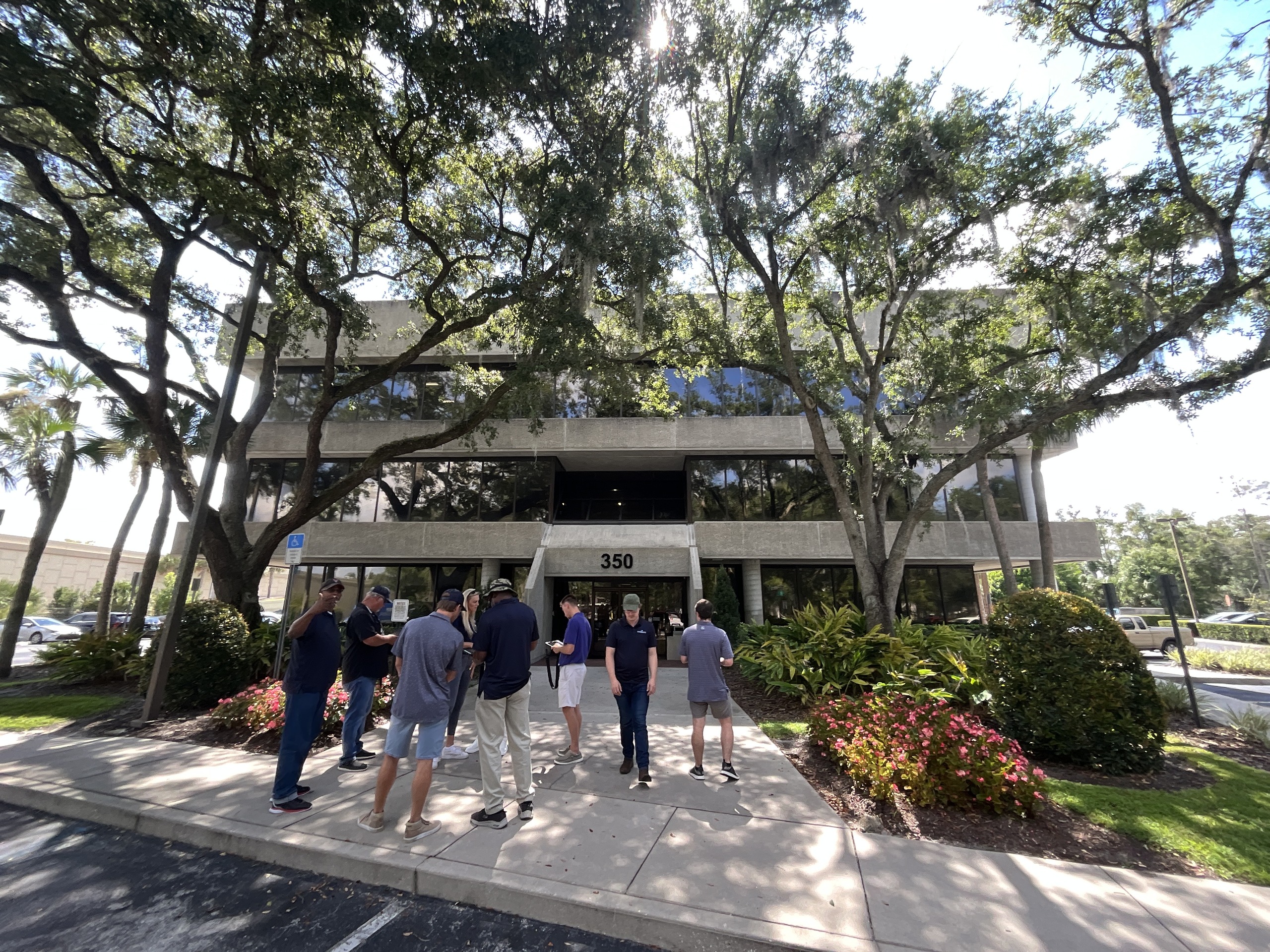The Most Common Foundation Types For Commercial Construction

Foundations are the backbone of any building. In commercial construction, these foundations must support heavier loads. This makes their design different from residential foundations. Knowing the main commercial building foundation types helps builders and owners choose the right structure for their needs.
Selecting the correct foundation affects durability and safety, and this choice often varies depending on soil type, climate, and the purpose of the building.
Slab-on-Grade Foundations
Slab-on-grade foundations are one of the simplest and most common commercial building foundation types. They consist of a single layer of concrete poured directly onto a leveled surface of soil. This foundation is often chosen in warmer climates, where there is less concern about freezing.
Since slab-on-grade foundations have fewer layers and minimal depth, they are less likely to house pests and other infestations. For projects focused on cost and efficiency, the foundation type is often the first choice.
Mat Foundations for Extra Support
Mat foundations, also known as raft foundations, are similar to slab-on-grade types. They are typically used in areas where soil conditions are softer and cannot bear heavy loads on their own. These foundations use reinforced concrete with added columns for stability. This makes them suitable for multi-story buildings.
By distributing the load across a larger area, mat foundations support structures effectively in conditions where the soil might not otherwise manage the weight.
Pier and Beam Foundations for Stability
Pier and beam foundations are more costly than other foundation types, but they bring additional benefits in areas with shifting soil or strong winds. In this type, beams rest on piers that are embedded in the ground, which helps spread the building’s weight more evenly.
Unlike foundations that dig deeply into rocky soil, pier and beam types rely on footings that extend only a few feet underground. This design provides a balance of durability and adaptability. It is a popular choice for larger buildings that require flexibility in challenging ground conditions.
Strip Foundations
Strip foundations, or spread footings, are commonly used when a building needs individual support along its walls or columns. A wider base distributes the load evenly, offering stability and supporting the structure over a larger area.
This foundation type is commonly found in buildings that require a solid base but are not located in water-prone areas. Excess moisture can undermine the stability of strip foundations. Used in the right setting, strip foundations are effective and economical.
Individual and Combined Footings for Specific Site Needs
Individual and combined footings are shallow foundation types that work well on sites with stable, shallow soil. Individual footings use one column to carry the weight, making them simple and cost-effective.
Combined footings, on the other hand, use multiple columns to spread the load more evenly. These foundation types are often chosen for commercial buildings that need specific structural support in targeted areas. They allow for adjustments according to the ground conditions and load requirements.
At Stone Building Solutions, we are here to simplify your construction and maintenance processes. We offer everything from structural inspections to damage claims. We guarantee your foundation choices meet all necessary standards.
Our team is licensed across multiple states, ready to guide you through every phase of construction and maintenance, saving you time and money with our comprehensive services. Contact us today.
